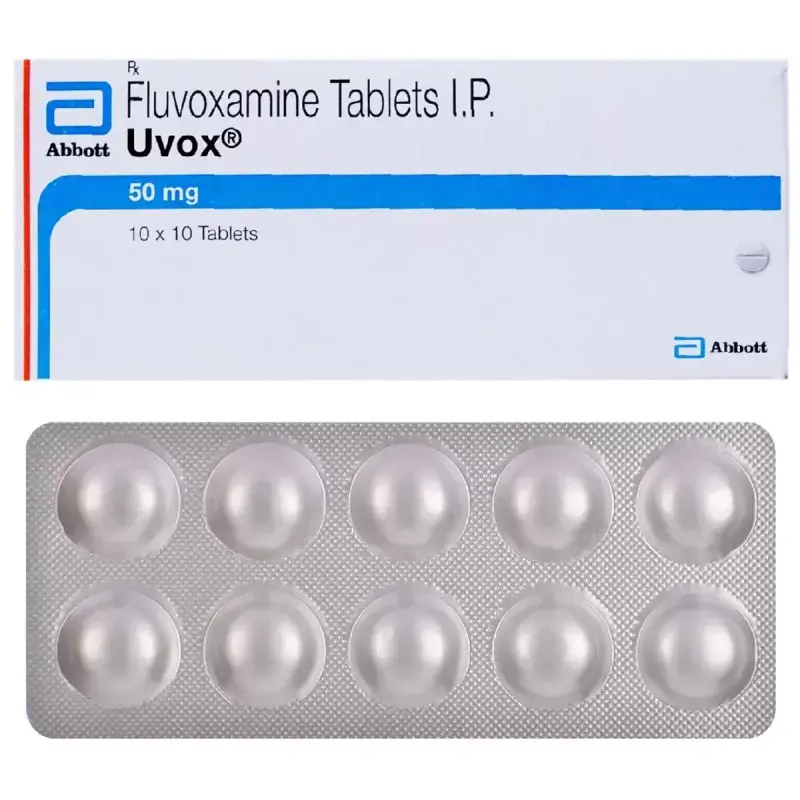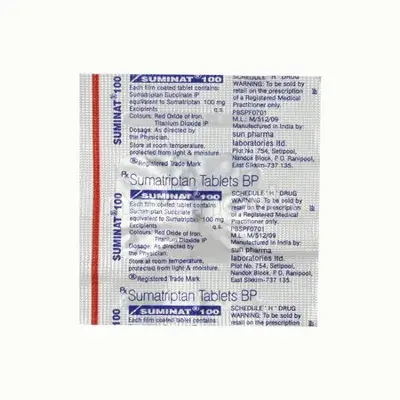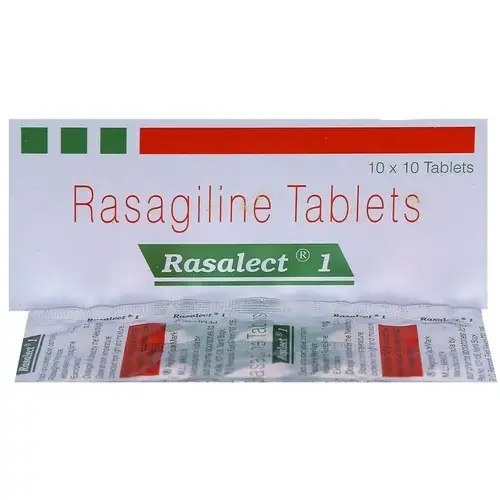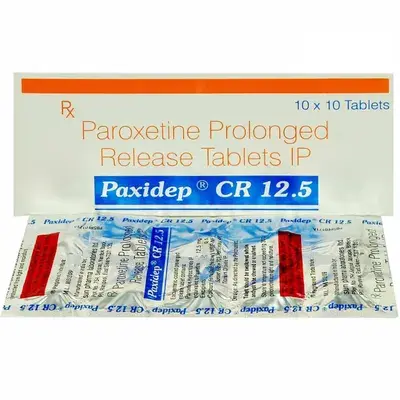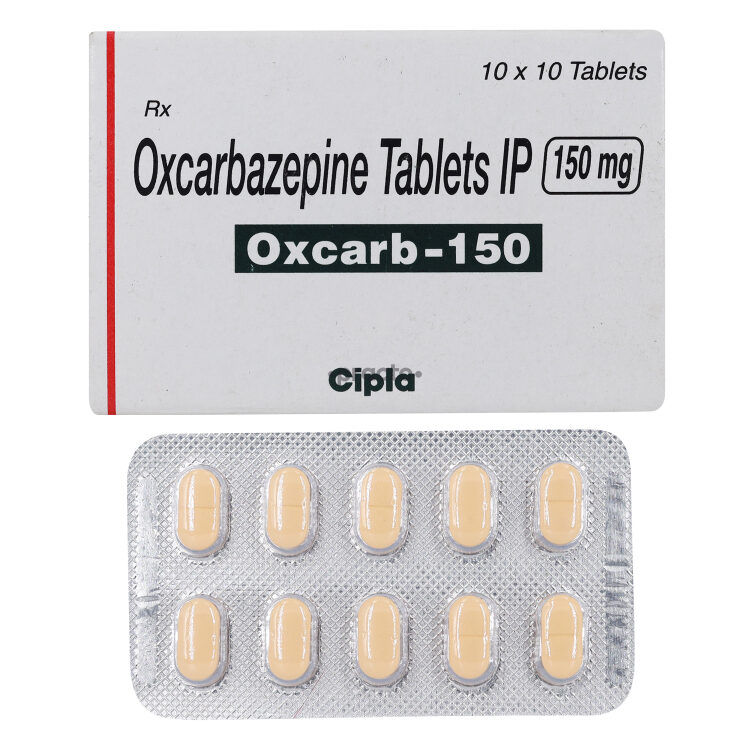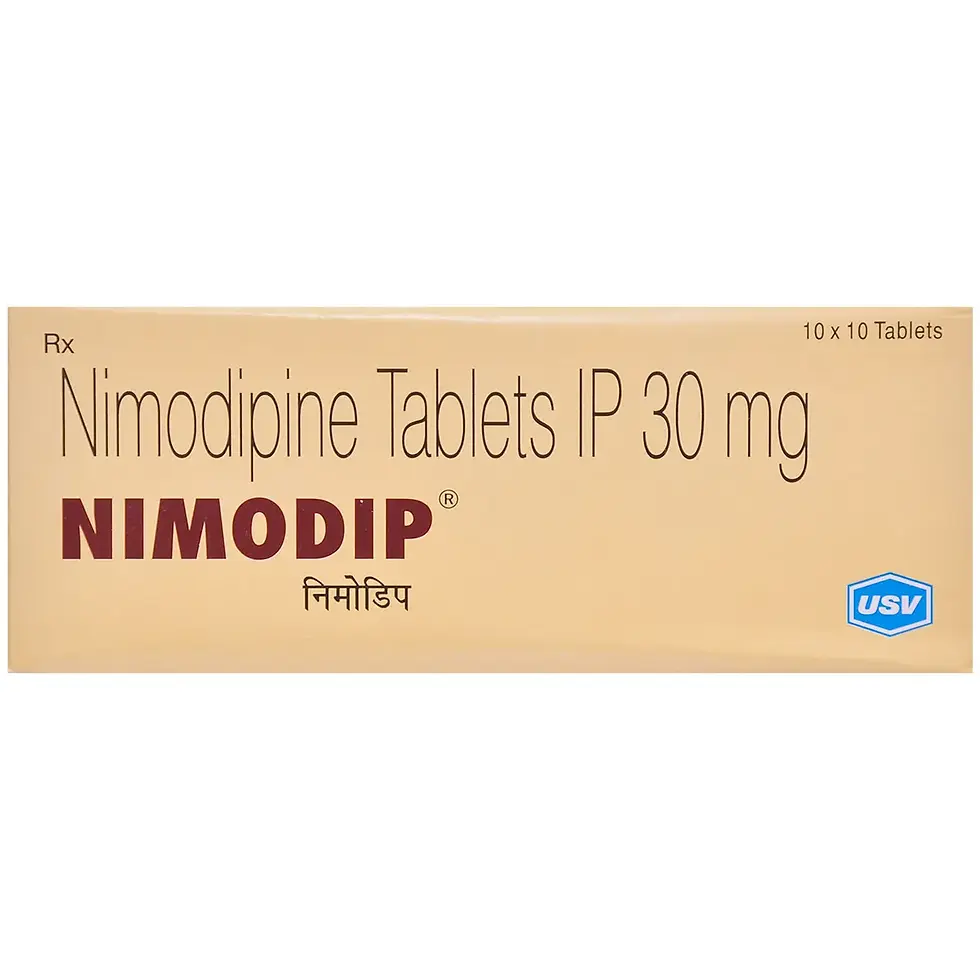The term Neuro & CNS refers to the collection of conditions that affect the brain, spinal cord, and peripheral nerves. These conditions can manifest as seismic electrical activity in the brain (seizures), recurrent headaches (migraines), impaired movement and coordination (Parkinsonian syndromes), or nerve pain (neuropathy). Medicines in this category aim to regulate neuronal excitability, protect nerve cells, and restore balanced signaling across neural pathways.
-
Seizures: Sudden, uncontrolled episodes of altered awareness or convulsions.
-
Migraines: Throbbing or pulsating headache often accompanied by nausea, light or sound sensitivity.
-
Tremors & Rigidity: Involuntary shaking, muscle stiffness, and slowed movements typical of Parkinsonian disorders.
-
Neuropathic Pain: Burning, tingling, or electric‐shock sensations in the hands, feet, or elsewhere along nerve pathways.
-
Cognitive Changes: Memory lapses, difficulty concentrating, or slowed thinking.
-
Balance & Coordination Issues: Unsteady gait, dizziness, or difficulty performing fine motor tasks.
-
-
Genetic Predisposition: Inherited factors that increase seizure risk or predispose to early‐onset movement disorders.
-
Neurotransmitter Imbalance: Abnormal levels of GABA, glutamate, dopamine, or serotonin disrupting neural circuits.
-
Structural Lesions: Brain injury, tumor growth, or blood‐vessel abnormalities leading to focal neurological deficits.
-
Metabolic Disturbances: Imbalances in electrolytes, glucose, or liver/kidney function contributing to seizures or cognitive changes.
-
Chronic Illness & Inflammation: Diabetes, autoimmune disorders, or vitamin deficiencies causing peripheral nerve damage.
-
Aging‐Related Degeneration: Progressive loss of dopaminergic neurons in Parkinson’s or age‐related decline in nerve conduction.
-
-
Sleep Deprivation: Lack of restorative sleep often precipitates seizure clusters or migraine attacks.
-
Stress & Anxiety: Emotional or physical stress can lower the threshold for seizures, provoke headache onset, or worsen tremors.
-
Dietary Factors: Skipped meals or specific dietary components (e.g., monosodium glutamate, aspartame) can trigger migraines.
-
Alcohol & Certain Medications: Excessive intake or abrupt withdrawal can provoke seizures, tremor exacerbation, or neuropathic flare‐ups.
-
Environmental Stimuli: Flickering lights or loud noises may precipitate migraine episodes in susceptible individuals.
-
Physical Exertion: Intense exercise without proper hydration or warming up can lead to migraine or muscle cramps.
-
-
Electroencephalogram (EEG): Records electrical activity of the brain to identify seizure patterns or abnormal rhythms.
-
Magnetic Resonance Imaging (MRI) / CT Scan: Visualizes structural changes—lesions, atrophy, or inflammation—in the brain or spinal cord.
-
Nerve Conduction Studies / Electromyography (EMG): Assess peripheral nerve and muscle function to diagnose neuropathic conditions.
-
Lumbar Puncture (Spinal Tap): Analyzes cerebrospinal fluid for markers of infection, inflammation, or bleeding.
-
Clinical Evaluation & History: Detailed review of symptom onset, triggers, family history, and neurologic examination to guide further testing.
-
Neuro & CNS therapy often begins with a single agent and may advance to combination regimens or adjunctive supportive measures:
-
Anticonvulsants & Seizure Control:
-
Valproate (250–500 mg twice daily) or Levetiracetam (500–1,000 mg twice daily) to stabilize neuronal firing.
-
Lamotrigine (25–100 mg daily) for focal seizure control and mood stabilization.
-
Monitoring: Regular blood counts and liver function tests to watch for adverse effects; dosage adjustments based on response.
-
-
Migraine Relief & Prevention:
-
Triptans (e.g., Sumatriptan 50–100 mg at onset) for acute headache relief by targeting serotonin receptors.
-
Prophylactic Agents: Propranolol (40–80 mg twice daily) or Topiramate (25–50 mg at bedtime) to reduce attack frequency; titrate slowly to minimize side effects.
-
Adjunctive Support: Magnesium (200–400 mg nightly) and riboflavin (400 mg daily) for neural protection.
-
-
Parkinson’s Support & Movement Management:
-
Levodopa/Carbidopa (100/25 mg three times daily) to replenish dopamine and improve motor function.
-
Dopamine Agonists (e.g., Pramipexole 0.125–0.5 mg daily) for early‐stage tremor and rigidity management.
-
Neuroprotective Supplements: Coenzyme Q10 (100 mg thrice daily) and creatine (3 g daily) as adjuncts to slow symptom progression.
-
-
Neuropathic Pain Relief:
-
Gabapentin (300 mg at bedtime, titrating to 900–1,800 mg daily) or Pregabalin (75 mg twice daily) to decrease abnormal nerve firing and ease burning or tingling sensations.
-
Duloxetine (30–60 mg daily) as a dual‐action agent for nerve pain and mood support; monitor blood pressure and side effects.
-
Topical Agents: Lidocaine 5% patch applied to affected area for localized pain relief.
-
-
Neuroprotective & Supportive Care:
-
B‐Complex Vitamins (B1 500 mg, B6 50 mg, B12 1,000 µg daily) to nourish nerve health.
-
Omega-3 Fatty Acids (EPA/DHA 1,000 mg twice daily) for anti-inflammatory benefits.
-
Physiotherapy & Rehabilitation: Balance training, gait therapy, and strength exercises to maintain function and reduce fall risk.
-
-
Q1: How are seizure‐related conditions maintained over time?
A: Once seizure control is achieved—typically after 6–12 months without episodes—therapy may be tapered carefully under specialist supervision. Regular EEG follow-ups and neurologic assessments guide adjustments, and abrupt cessation is avoided to prevent recurrence.
Q2: Can migraine preventives cause weight changes?
A: Certain agents (e.g., Propranolol) may lead to mild weight gain, while others (Topiramate) often result in modest weight reduction. A balanced diet and monitoring help manage any fluctuations.
Q3: What are early signs of Parkinsonian syndromes?
A: Initial signs include a resting tremor in one hand, subtle stiffness, slowed movements (bradykinesia), and reduced arm swing when walking. Prompt evaluation allows early intervention that can improve quality of life.
Q4: How long does neuropathic pain treatment take to show benefit?
A: Medications like Gabapentin or Pregabalin may require 2–4 weeks at the target dosage to demonstrate noticeable reduction in burning or tingling. Dose titration and consistent use optimize pain relief.
Q5: Are there lifestyle strategies to support neuro & CNS health?
A: Yes—maintain regular sleep patterns, a balanced diet rich in antioxidants, engage in aerobic exercise (30 minutes most days), practice stress-reduction techniques (meditation, deep breathing), and avoid excessive alcohol or stimulants to preserve optimal nervous system function.














